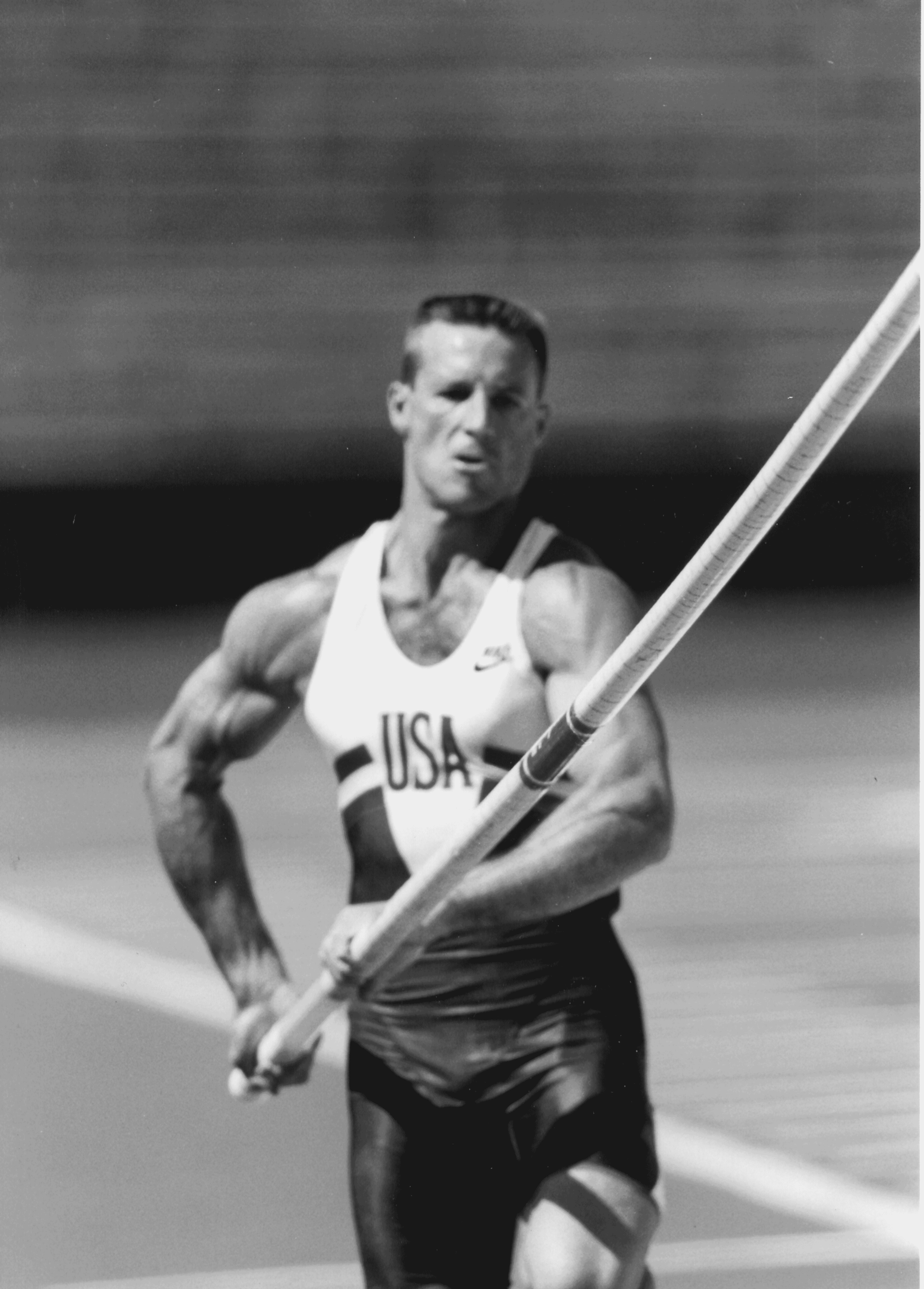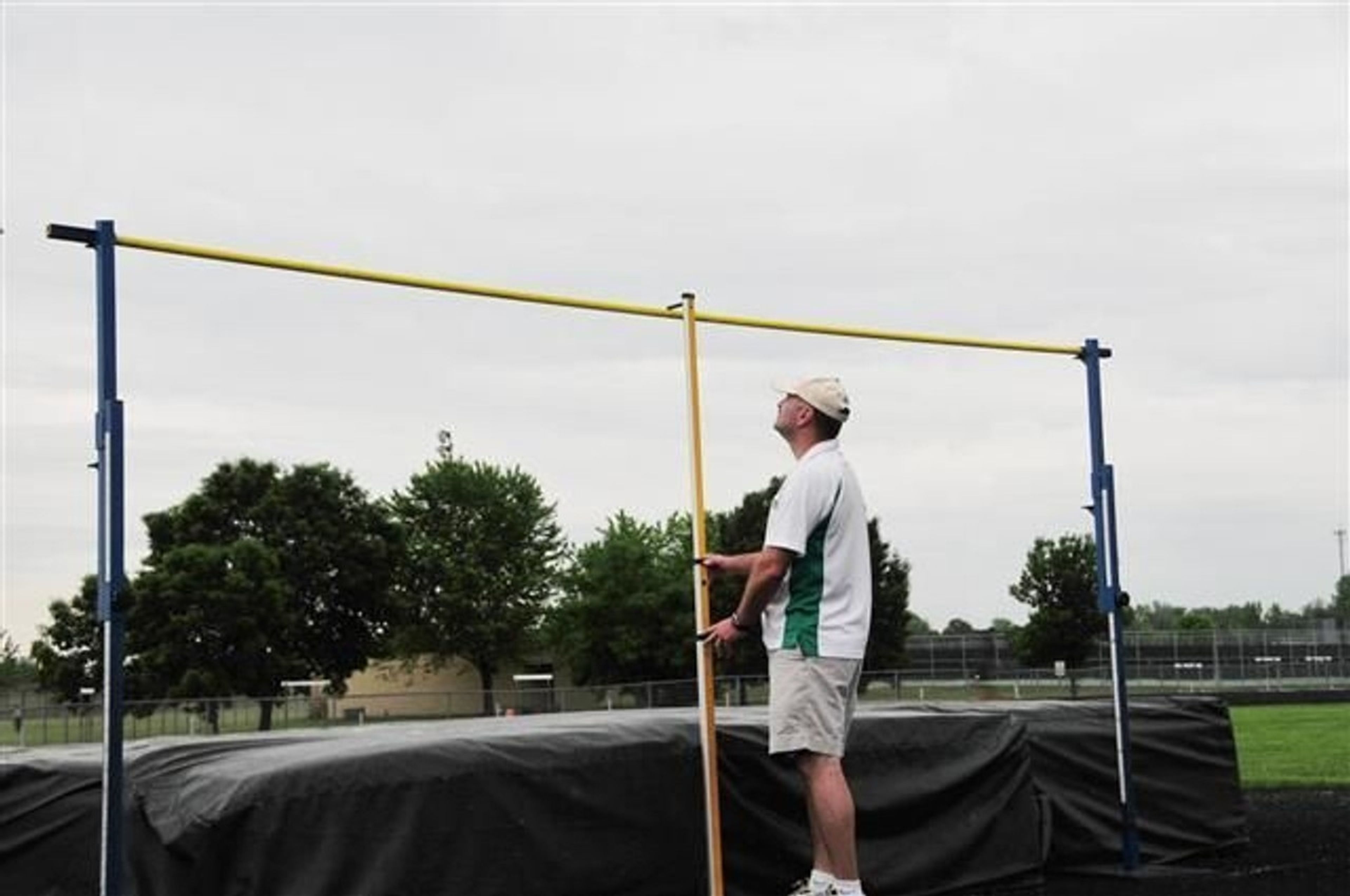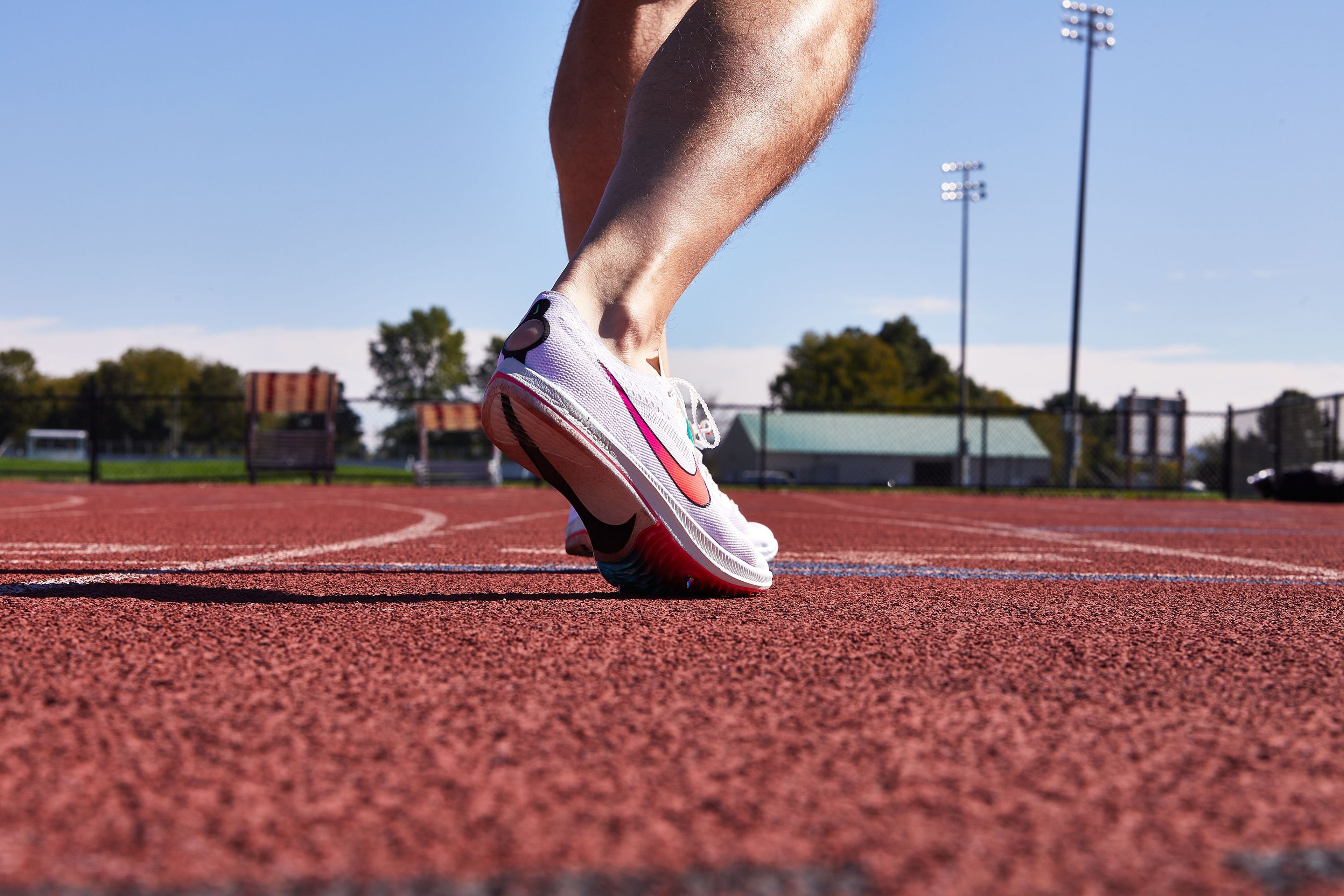Shin Splints in Pole Vaulters: Causes, Prevention, and Remedies Explained
Learn how pole vaulters can prevent and treat shin splints with our comprehensive guide on causes, prevention strategies, and remedies. Discover tips on proper running form, footwear, and training techniques.
Everything You Should Know About Shin Splints for Pole Vaulters
Shin splints, also known as medial tibial stress syndrome, are a common ailment for athletes, especially those involved in high-impact sports like track and field. Pole vaulters, with their unique combination of running, jumping, and landing, are particularly susceptible. This comprehensive guide delves into the causes, prevention, and remedies for shin splints, emphasizing proper running form, footwear, and training techniques tailored for pole vaulters.
Causes of Shin Splints in Pole Vaulters
1. Improper Running Form:
- Overstriding: Extending the leg too far forward increases the impact on the lower legs.
- Excessive Pronation: Rolling the foot inward excessively can stress the shin muscles.
- Insufficient Hip Mobility: Limited hip movement can force the lower legs to compensate, leading to shin splints.
2. Inadequate Footwear:
- Worn-Out Shoes: Running in old or inappropriate shoes can lead to insufficient support.
- Inconsistent Shoe Use: Constantly switching between spikes and running shoes can create muscle imbalances.
3. Training Surfaces:
- Hard Surfaces: Running on hard tracks or concrete can increase the impact on shins.
- Uneven Terrain: Training on uneven surfaces can strain the muscles and tendons.
Proper Running Technique for Pole Vaulters
1. Maintain a Shorter Stride:
- Keep strides short and quick to reduce the impact on the lower legs.
- Focus on landing mid-foot rather than heel striking.
2. Increase Cadence:
- Aim for a higher step rate (170-180 steps per minute) to promote efficient and safe running.
3. Strengthen Core and Hips:
- Incorporate exercises like planks, leg raises, and hip bridges to enhance stability and reduce lower leg strain.
4. Use Proper Arm Mechanics:
- Ensure that arm movements are coordinated with leg movements to maintain balance and reduce undue stress on the legs.
Footwear Considerations
1. Invest in Quality Running Shoes:
- Choose shoes that provide good arch support and cushioning.
- Replace shoes every 300-500 miles to maintain optimal support.
2. Use Spikes Wisely:
- Limit the use of spikes to competition and specific training sessions.
- Ensure that spikes fit well and provide adequate support.
Training Tips for Pole Vaulters
1. Gradual Increase in Intensity:
- Avoid sudden increases in training intensity or volume to prevent overuse injuries.
- Follow a structured training program that allows for gradual progression.
2. Cross-Training:
- Incorporate low-impact activities like swimming or cycling to maintain fitness without stressing the shins.
- Use strength training to build muscle endurance and prevent imbalances.
3. Adequate Recovery:
- Ensure proper rest and recovery between intense training sessions.
- Use foam rollers and massage techniques to alleviate muscle tightness.
Remedies for Shin Splints
1. Rest and Ice:
- Rest the affected leg to allow inflammation to subside.
- Apply ice packs to the shin for 15-20 minutes, several times a day.
2. Compression and Elevation:
- Use compression sleeves or bandages to reduce swelling.
- Elevate the leg to decrease inflammation.
3. Physical Therapy:
- Consult a physical therapist for personalized exercises and stretches.
- Focus on strengthening and flexibility exercises for the lower legs.
4. Orthotic Inserts:
- Consider custom orthotics to provide additional support and correct foot mechanics.
Conclusion
Shin splints can be a debilitating condition for pole vaulters, but with proper understanding and management, they can be effectively prevented and treated. Emphasizing correct running form, investing in appropriate footwear, and following a structured training program are key strategies. By integrating these practices, pole vaulters can minimize their risk of shin splints and continue to excel in their sport.








